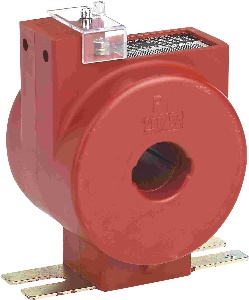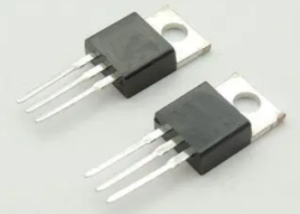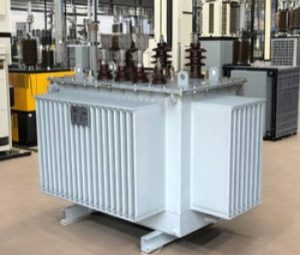Electronic Components Supplier | Transformers, Inductors, Inverters
Introduction to Current Transformer Cores
Current transformer (CT) cores are critical components in electrical measurement and protection systems. They enable accurate current measurement by stepping down high currents to manageable levels for instruments and relays. With the rise of smart grids and renewable energy integration, the demand for efficient and reliable current transformer cores has surged.
This guide explores the types, materials, applications, and latest trends in CT core technology, helping engineers and industry professionals make informed decisions.

Types of Current Transformer Cores
1. Solid Core Current Transformers
Solid cores, typically made of silicon steel, are widely used for their durability and cost-effectiveness. They are ideal for low-frequency applications but may suffer from saturation under high currents.
2. Split Core Current Transformers
Split cores allow for easy installation without disconnecting the primary conductor. These are popular in retrofit projects and energy monitoring systems, enhancing convenience and reducing downtime.
3. Toroidal (Ring-Type) Cores
Toroidal cores offer superior magnetic efficiency due to their closed-loop design. They are commonly used in precision measurement devices and high-performance applications.
4. Nanocrystalline and Amorphous Metal Cores
With advancements in material science, nanocrystalline and amorphous metal cores are gaining traction. These cores provide high permeability, low core loss, and excellent performance in high-frequency environments, making them ideal for modern smart grids and renewable energy systems.
Key Materials Used in CT Cores
The performance of a current transformer core largely depends on its material. The most common materials include:
- Silicon Steel: Cost-effective and widely used but has higher hysteresis losses.
- Ferrite: Excellent for high-frequency applications but limited in high-current scenarios.
- Amorphous Metal: Low core loss and high efficiency, perfect for energy-sensitive applications.
- Nanocrystalline Alloys: Superior magnetic properties, ideal for precision instruments and smart grid technologies.
Applications of Current Transformer Cores
1. Energy Metering & Smart Grids
CT cores are essential in smart meters, enabling real-time energy monitoring and grid optimization. With the global shift toward smart grids, high-accuracy cores are in high demand.
2. Industrial Protection Systems
In industrial settings, CT cores protect equipment from overcurrent and short circuits, ensuring operational safety and minimizing downtime.
3. Renewable Energy Integration
Solar and wind power systems rely on current transformer cores for efficient power conversion and grid synchronization. High-performance cores ensure minimal energy loss in these applications.
4. Electric Vehicle (EV) Charging Stations
As EV adoption grows, CT cores play a crucial role in monitoring and regulating power flow in charging infrastructure.
Latest Trends in Current Transformer Core Technology
1. IoT-Enabled CT Cores
The integration of IoT allows current transformer cores to transmit real-time data for predictive maintenance and energy analytics.
2. High-Frequency Core Designs
With the rise of power electronics, high-frequency CT cores (using ferrite or nanocrystalline materials) are becoming essential in inverters and converters.
3. Eco-Friendly Core Materials
Manufacturers are developing sustainable core materials to reduce environmental impact while maintaining performance.

How to Choose the Right Current Transformer Core
When selecting a CT core, consider:
- Current Range: Ensure the core can handle the expected current without saturation.
- Frequency Requirements: Match the core material to the operating frequency.
- Accuracy Class: Higher precision is needed for metering compared to protection applications.
- Environmental Conditions: Temperature, humidity, and mechanical stress affect core performance.
Conclusion
The current transformer core is a fundamental component in modern electrical systems, influencing efficiency, safety, and performance. With advancements in materials and smart technology, CT cores are evolving to meet the demands of smart grids, renewable energy, and IoT applications.
By understanding the types, materials, and trends, professionals can select the best CT core for their needs, ensuring optimal system performance.






